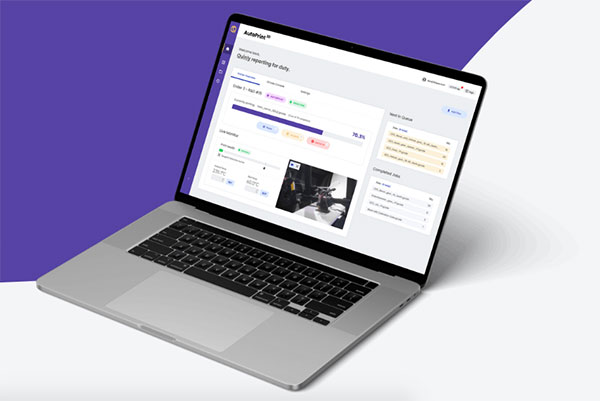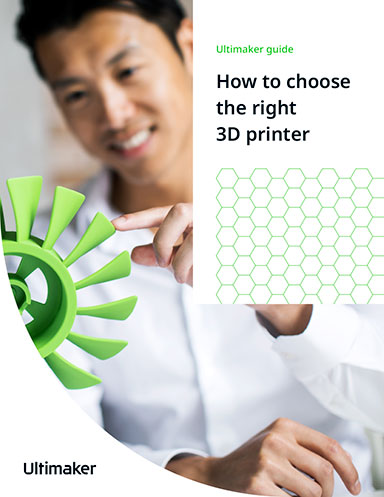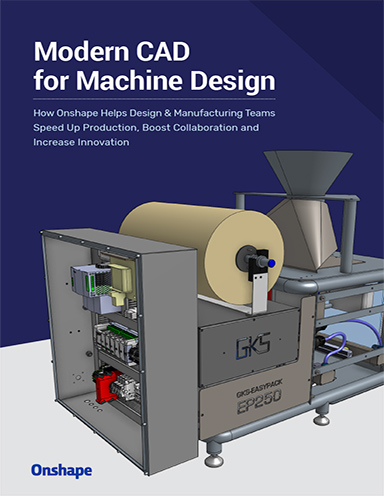Editor’s Pick: Plug-and-play monitoring of 3D print jobs
The software is designed for any 3D printer using the Marlin open source firmware originally created for the RepRap 3D printer.

ClickPrint3D can be used with a printer-mounted camera to monitor filament extrusion issues during a print run—the so-called Spaghetti Effect. Image courtesy of 3DQue Systems.
Latest News
August 10, 2022
3DQue Systems introduces ClickPrint3D, a plug & play software utility offering secure remote management of 3D print runs. The software is designed for any 3D printer using the Marlin open source firmware originally created for the RepRap 3D printer.
ClickPrint3D uses 3DQue's Quinly automation software, which has autonomously delivered more than 2.3 million prints in 21 countries over the past 18 months, according to the company.
The company notes that this is not Octoprint (reportedly a common misconception), requires no coding, has all features built-in and automatically detects most popular printers. Once installed it will receive auto-updates so users won't need to deal with flashing SD cards when features are added or updated.
The company says users can drag and drop a series of print jobs into the utility; ClickPrint3D will then track the printing. The dashboard shows print status and creates a job history for later reference. The app’s folder system manages orders, assemblies and multi-part prints.
“Spaghetti effect” occurs when a print fails partway through and the nozzle keeps extruding filament, which then resembles a pile of spaghetti, according to the company. It can happen for numerous reasons but the key is to catch it as soon as possible. SpaghettiVision catches spaghetti in less than 60 seconds. The user can adjust sensitivity to suit their needs, for example, if they want to print a part with deliberate stringing. If people want to test the sensitivity of SpaghettiVision, they can upload images onto Discord: Automated Printing Community Discord in the #try-quinlyvision channel.
For addressing the spaghetti effect, ClickPrint3D can be linked to an existing on-printer webcam or Picam (a Raspberry Pi camera system), for visual monitoring of print jobs. SpaghettiVision is hosted locally (on the Raspberry Pi or Quinly Wireless Hub) offering the ultimate security. Images never go to the cloud.
The ability to link to a camera also allows QuickPrint3D to create time lapse videos, which the company says are useful for recordkeeping, troubleshooting, and sharing on social media. The camera also provides the ability to see a live feed of the print in progress from the ClickPrint3D dashboard.
The company says that Clickprint3D can also be used without a camera to remotely manage prints.
“Our goal was to make a plug-and-play, comprehensive 3D print management system that would provide print operators with all the information they need at a glance,” says co-founder Mateo Pekic. “With ClickPrint3D’s intuitive dashboard, users can securely and remotely check in on their prints, get notified when spaghetti occurs, watch and download HD timelapses, organize files and rearrange their print queue on the fly without even having to leave the page.”
ClickPrint3D is available for $5/month per 3D printer. It is directly available from the 3DQue Systems website. A “try-for-free” offer is available.
Sources: Press materials received from the company and additional information gleaned from the company’s website.
Subscribe to our FREE magazine, FREE email newsletters or both!
Latest News
About the Author
DE’s editors contribute news and new product announcements to Digital Engineering.
Press releases may be sent to them via [email protected].






